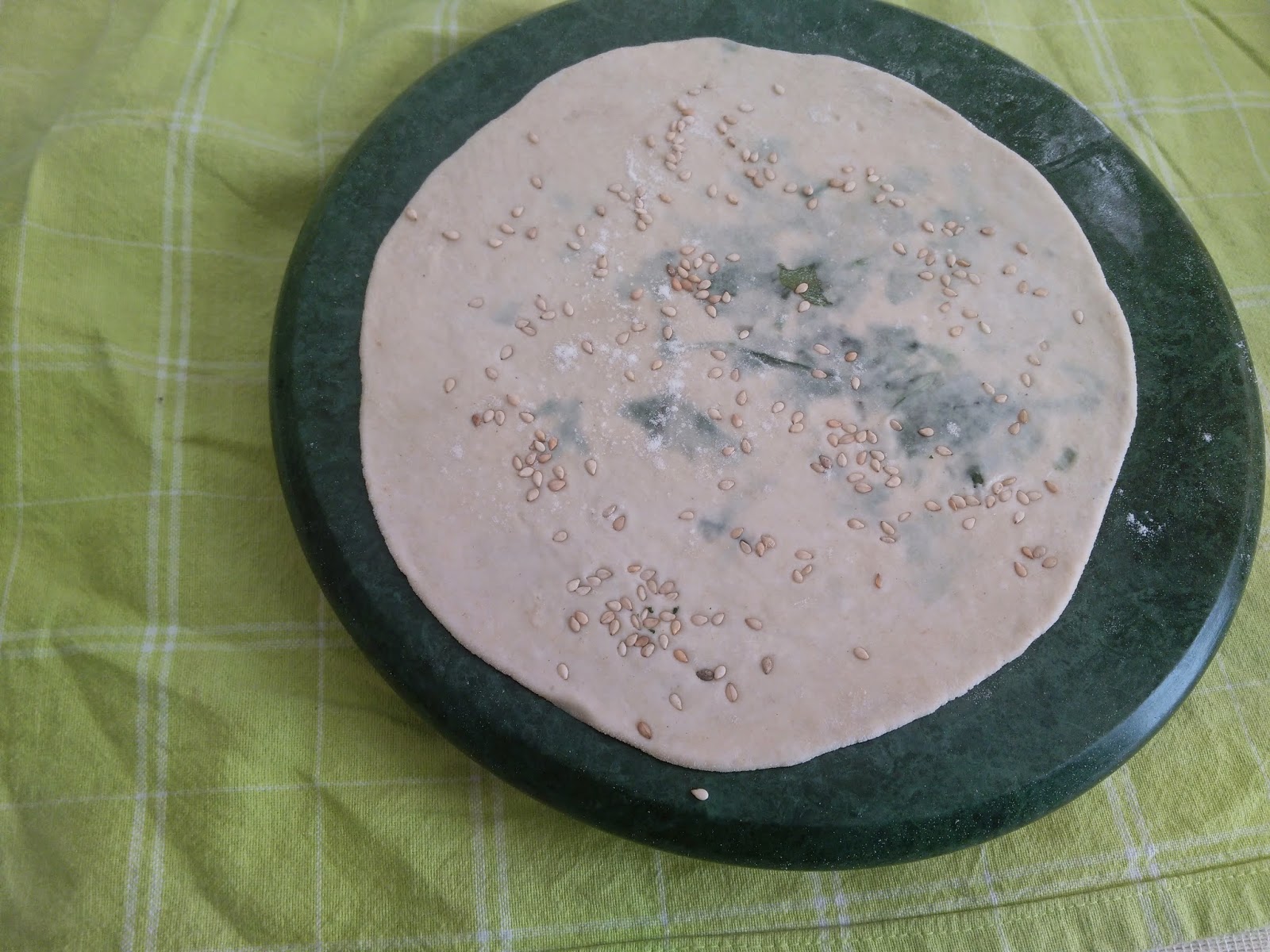This simple and tasteful street food of Mumbai is packed with goodness of vegetables and is a favorite among the people on the go. For years the sandwich wallas are dishing this out on the streets and people make a beeline for this even today. The sandwiches near Mahalakshmi Temple is supposed to be the most popular. Recently got to eat this famous sandwich in the Hindu Gymkhana with Raju, Sameer, and Sashank.
The sandwiches can be served either grilled or without grilling.
Ingredients:
bread slices
green chutney
potatoes
tomatoes
cucumber
onions
pepper powder
chaat masala
salt
butter
Preparation:
1. Boil the potatoes. Remove the butter from the refrigerator and keep it outside so that spreading it on the bread will be easy.
2. Prepare the green chutney with mint leaves, coriander leaves, green chillies, tamarind (or juice of lemon), roasted jeera powder, and salt. Keep aside.
3. Slice the vegetables into roundels. Peel the potatoes and slice them too.
4. Trim the edges of the bread slices.
5. Apply butter on the bread slices and spread some chutney over this. Arrange 2 to 3 pieces of each vegetable over it. Sprinkle chaat masala, pepper, and salt.
6. Cover this with another slice which has butter and chutney on it.
7. Cut into triangles with a sharp knife.
8. For the grilled variety, before cutting them into triangles, grill them in a toaster until golden in color and then cut them into triangles.
9. Serve immediately with chutney and tomato ketchup.
The sandwiches can be served either grilled or without grilling.
Ingredients:
bread slices
green chutney
potatoes
tomatoes
cucumber
onions
pepper powder
chaat masala
salt
butter
Preparation:
1. Boil the potatoes. Remove the butter from the refrigerator and keep it outside so that spreading it on the bread will be easy.
2. Prepare the green chutney with mint leaves, coriander leaves, green chillies, tamarind (or juice of lemon), roasted jeera powder, and salt. Keep aside.
3. Slice the vegetables into roundels. Peel the potatoes and slice them too.
4. Trim the edges of the bread slices.
5. Apply butter on the bread slices and spread some chutney over this. Arrange 2 to 3 pieces of each vegetable over it. Sprinkle chaat masala, pepper, and salt.
6. Cover this with another slice which has butter and chutney on it.
7. Cut into triangles with a sharp knife.
8. For the grilled variety, before cutting them into triangles, grill them in a toaster until golden in color and then cut them into triangles.
9. Serve immediately with chutney and tomato ketchup.





.jpg)















.jpg)






.jpg)







.jpg)


.jpg)




